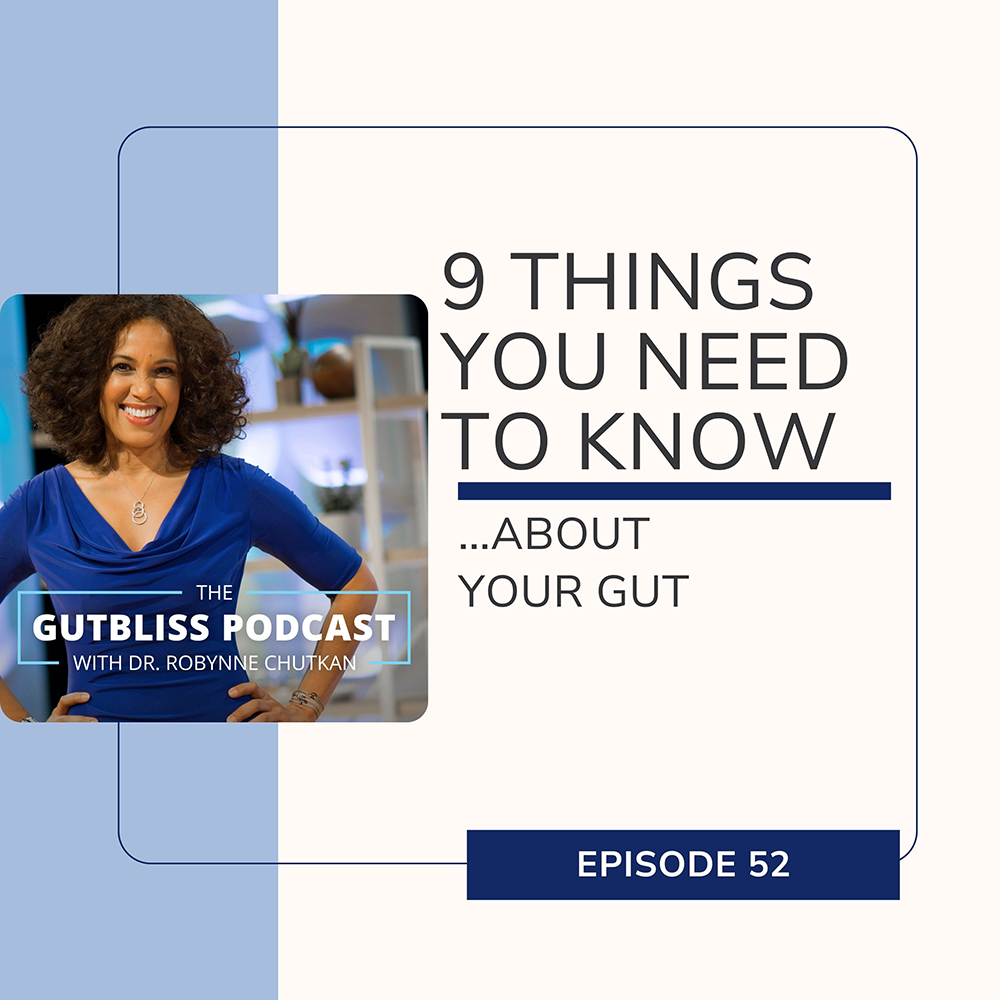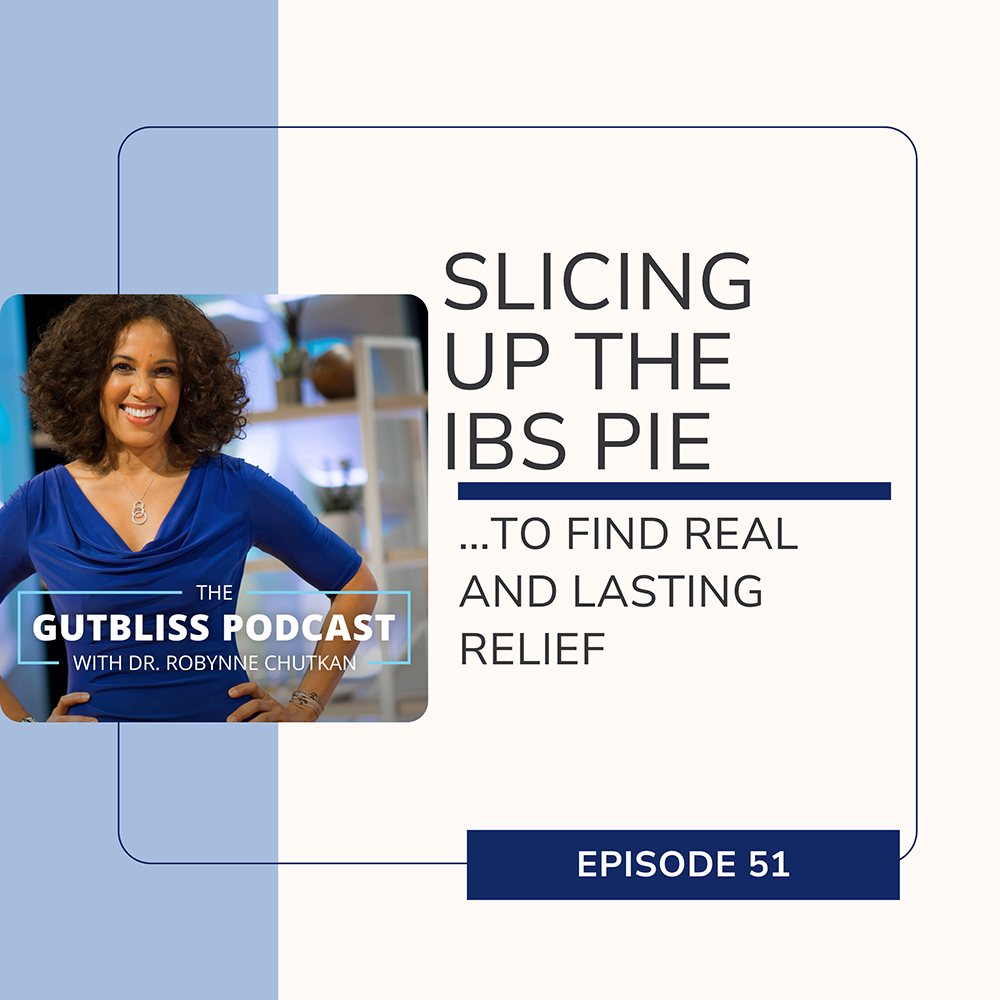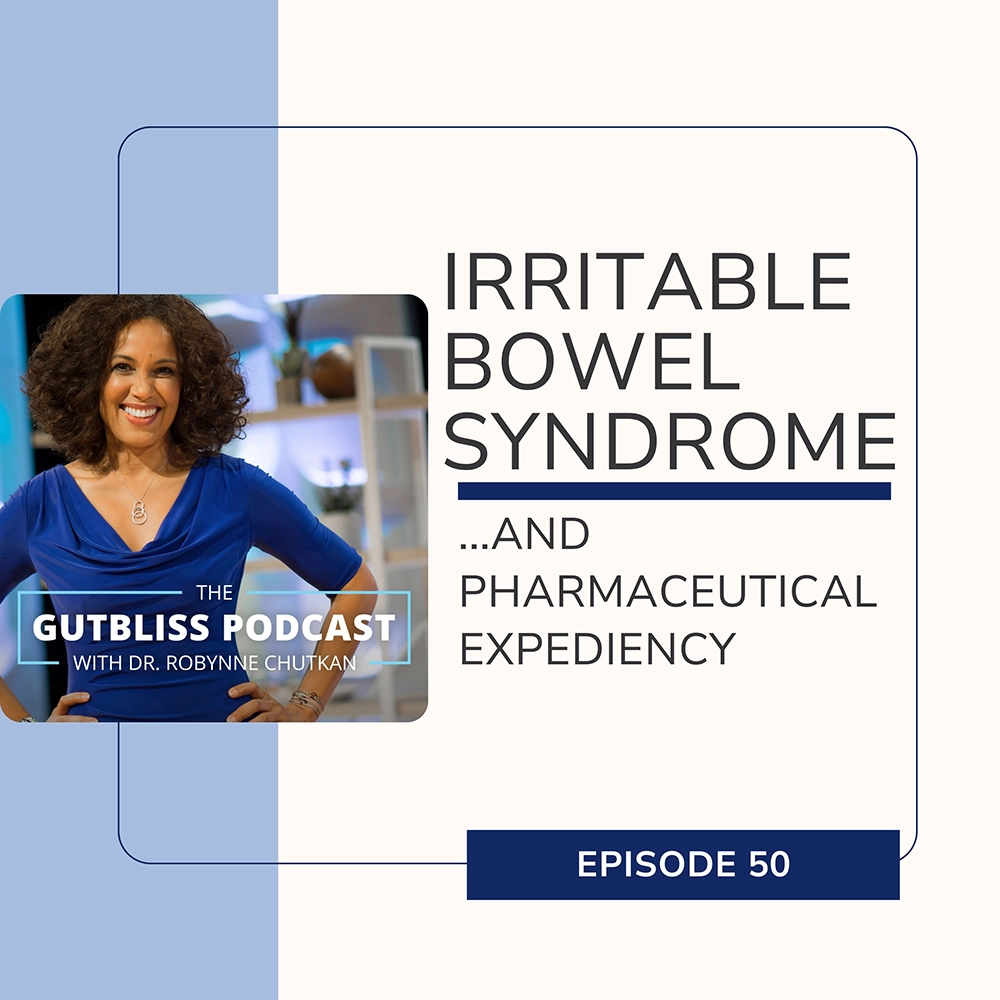When it comes to bowel movements, size matters: the bigger your poo, the lower your likelihood of colon cancer and other GI problems like diverticulosis, hemorrhoids, constipation, and irritable bowel syndrome. Learn exactly what you need to be doing to have gold medal poos, plus the minimum fecal output required to prevent colon cancer.
Thank you for being a part of our community! For the latest in digestive wellness go to https://gutbliss.com/ and follow us on Instagram for more gut health info.
2011 was a big year for poo. Literally. The Bowels of the Earth contest (I’m sure you’ve heard of it!) was an international competition to determine which country had the largest poos. Basically the poo Olympics.
The winning nation weighed in at 531 grams of poo – around 1.2 pounds; about the same weight as a small head of cabbage. So what country is credited for having such Mama Jama stool? The Kingdom of Tonga, a Polynesian country consisting of over 170 islands. Coming in at 2nd place after Tonga was India, who got the silver with a 311 gram poo, and in 3rd place, Japan at 195 grams. And bumming the rear in last place, for the smallest stools in the world: the United States of America.
Now keep in mind, these numbers I’m telling you about represented the average stool size from each country, but there were stools from India that weighed almost 4 pounds, and some as small as 3 ounces from New York. In the words of Dr. Michael Greger, whose fantastic organization nutritionfacts.org was a source of some of these statistics: “instead of just living there, if only New Yorkers would actually eat a big apple once in a while.”
To get some direction for how you can have a Mama Jama stool, let’s take a look at what the Bowels of the Earth winners in Tonga were eating to produce their 1.2 pounds of poo. The traditional diet in Tonga includes lots of root vegetables like taro and sweet potatoes, cabbage, leafy greens, and fruit. And it’s that high fiber unprocessed plant food that gave them those gold medal poos. But that was back in 2011, and unfortunately, the local diet in Tonga has changed a lot since then, and as a result, they’re now dealing with an obesity epidemic. People in Tonga currently eat a more Western diet with lots of salty and calorie-dense imported food like spam and corned beef, instead of locally cultivated fruits, vegetables, and fish, and as you might expect, they are not producing those champion poos anymore.
For the Bowels of the Earth contest, the minimum fecal output goal was about 200 grams a day—a little less than half a pound. But stool weight isn’t just about admiring your handiwork before you flush; the weight of your poo is inversely related to your colon cancer risk. The smaller your stool, the higher your risk of colon cancer. That’s because stool size is a reflection of the amount of fiber you’re consuming, and a high fiber diet is protective against colon cancer. So while you may not be pulling out your scale and weighing your stool every time you have a bowel movement, I want you to keep that half a pound target in mind as the goal for how much stool you should be producing every day to reduce your risk of colon cancer. That’s about the size of a very big banana or actually more like the size of a plantain, the bananas larger cousin.
And speaking of plantains, it’s worth noting that in countries where people eat a more traditional diet that includes food like plantains, they have big poos and low rates of colon cancer. I’m talking about countries like Ghana, Jamaica, and the Seychelles. Ladob is a staple food in the Seychelles cuisine that’s prepared using ripe plantains and sweet potatoes cooked with coconut milk and nutmeg. In Ghana, kelewele is a popular street food served made from spiced plantain. And I credit spending my first decade in Jamaica eating food like plantains from my grandfather’s farm with my own gold medal poo aspirations.
The average fiber consumption in the US is only about 10 to 15 grams a day, despite the nutritional recommendations of 25 to 30 grams of fiber. And even those 10 to 15 grams often consist of processed fiber, like breakfast cereal and bread which is much less effective at preventing diseases like colon cancer.
And how exactly does dietary fiber decrease your risk for colon cancer:
1. Displaces high fat foods like red meat that are known to be carcinogenic (enhance production of bile acids in the gut that are associated with colon cancer)
2. Shortens colonic transit time and binds a wide variety of potentially toxic compounds, thereby reducing the contact between carcinogens in the gut and your gut lining.
3. Dietary sources of fiber, which often include fruits and vegetables, contain large amounts of micronutrients that protect us against cancer
Human colon cancer cells grown in mice show enhanced growth when the animals are fed a high-fat diet. But when fiber is added, the effects of the high fiber diet are decreased. So it’s not about never eating fat, it’s about eating lots and lots of fiber!
Another study reported a significant correlation between stool weight, dietary fiber intake, and colon cancer risk in 12 different countries. Based on their analysis, they determined that if you’re eating more than fiber >18 grams/day of fiber, you should be having stools with an average weight of >150 grams/day (1/3 of a pound), and that should be protective against colon cancer.
What foods are going to give you the biggest poos? My go to formula is 20 to 30 ounces of my Gutbliss green smoothie in the morning that contains 2 leafy greens, a little celery and some fruit; split pea soup or any kind of veggie soup for lunch; and brown rice, lentils, and salad for dinner. If you eat like that I guarantee you are going to have awesome poos the next morning. I also guarantee that you are going to have some gas at some point during the day or night, but that’s OK, because that is good gas. The kind of gas that means your microbes are happy digesting all that indigestible fiber that you can’t fully digest. And the reason you can’t fully digest it is because it’s not meant for you; it’s there to feed your gut bacteria so that they can make substances like short chain fatty acids that keep your gut lining healthy and prevent colon cancer.
Beans in general are an incredible source of fiber. The average cup of beans has about 15 grams of fiber, and a recent study showed that a cup of Navy beans a day can not only decrease your risk of colon cancer, but also decrease the likelihood of recurrence in colon cancer survivors. Talk about food as medicine! Broccoli and berries are two other great high fiber foods that also contain lots of healthy micronutrients. So when you think about fiber, I want you to think about the three bees B’s: beans, broccoli and berries.
And I want to remind you that stool nirvana isn’t just about getting up off the toilet feeling detoxed and rejuvenated after a gold medal poo. It’s also about serious stuff like dramatically decreasing the likelihood that you are going to be one of the 1 in 24 people diagnosed with colon cancer in their lifetime: 150,000 Americans every year. Colon cancer is now the #1 cause of cancer deaths in men and the #2 cause of cancer deaths in women.
I want to leave you with 3 takeaways about Mama Jama poos:
1. Size matters. The bigger your poo, the lower your likelihood of colon cancer and other GI problems like diverticulosis, hemorrhoids, constipation, and irritable bowel syndrome.
2. You don’t just want big poos, you want regular poos. If you don’t have a bowel movement for 5 days, you’re going to accumulate a pretty big log, but you may not be hitting that minimal fecal output goal of 200 grams/day – the plantain sized poo.
3. If you want to have gold medal poos, focus on your fiber intake. Don’t be satisfied with a bronze or silver; go for the gold and aim for 25 to 30 grams of fiber, and at least ½ a pound of stool every day.
So that’s it for this edition of the Gutbliss Podcast on Mama Jama poos – how to get them and why you need them.
Coming up next week on the Gutbliss Podcast: blood in the stool for over six months, but the doctor is saying you don’t need a colonoscopy. True story about how to navigate the medical system to get to the right answer.









